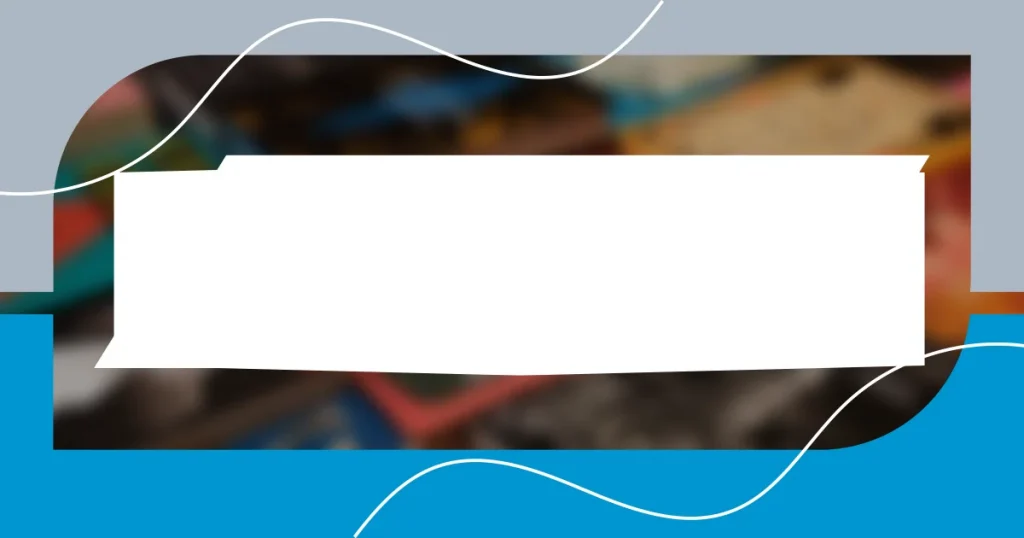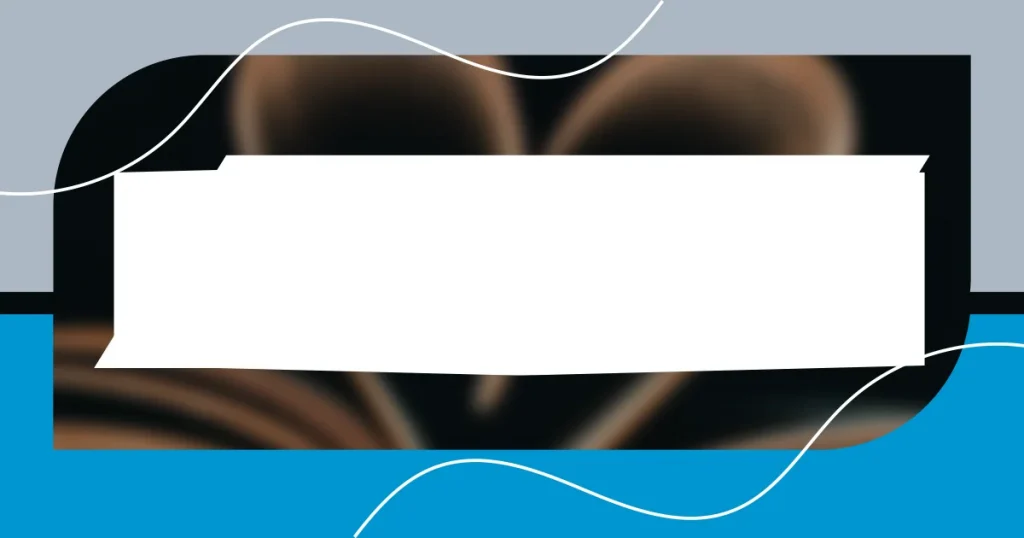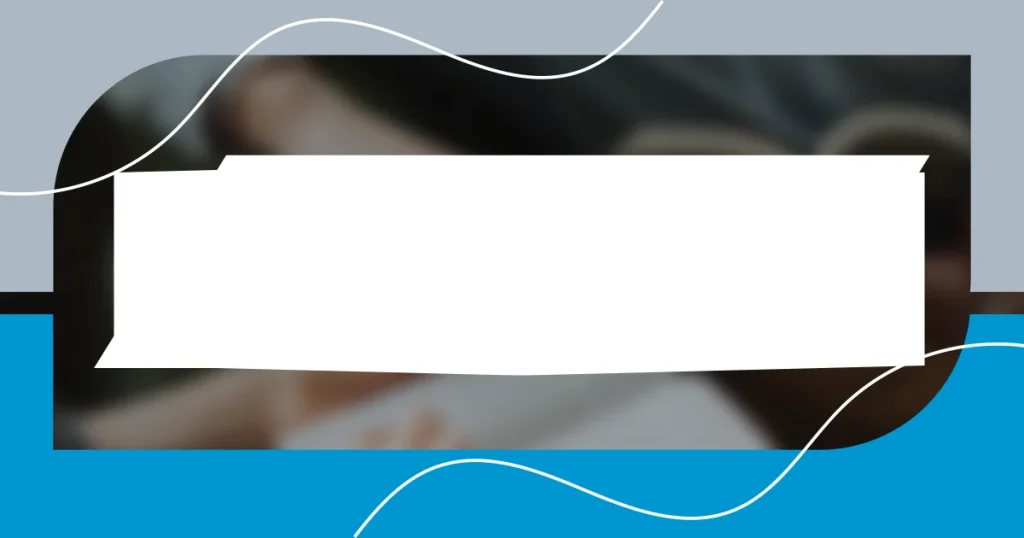Key takeaways:
- Contemporary fiction increasingly reflects complex narratives incorporating themes of identity, technology, and social issues, inviting readers to engage with real-world dilemmas.
- Diverse voices in literature enrich storytelling by offering perspectives on underrepresented experiences, fostering empathy and broadening societal understanding.
- The evolution of storytelling includes interactive formats and genre blending, which enhance reader engagement and reflect the multifaceted nature of human experience.
Understanding contemporary fiction trends
Contemporary fiction trends reflect a dynamic interplay of culture, technology, and individual experience. I often find myself wondering how these influences shape the stories we read today. For instance, the rise of social media has not just transformed how we share stories but also the narratives themselves—characters are now often grappling with their digital identities in ways we never saw before.
As I dive into books from this era, I can’t help but feel a sense of nostalgia for the straightforward storytelling of the past, while simultaneously appreciating the complexity of current narratives. I remember picking up a novel where the protagonist’s life was woven together with multiple timelines and perspectives. It felt like a puzzle that I was excited to piece together—an approach that seems to resonate with our fragmented, fast-paced world today.
I’ve noticed that readers are drawn to authentic voices and raw emotions in contemporary fiction. It prompts me to ask: what does authenticity look like in a fictional world? For me, it’s characters dealing with real issues like mental health or social injustice, navigating the gray areas of morality. This trend isn’t just about relatability; it invites readers into a collective space where we can confront our fears and hopes, reflecting our society’s complex tapestry.
Key elements of modern narratives
Key elements of modern narratives often emphasize complexity and interconnectivity. When I pick up a contemporary novel, I frequently encounter multiple perspectives that intermingle, reflecting our chaotic world. For instance, I remember being captivated by a story that shifted between various narrators, each contributing their unique viewpoint and enriching the overall plot. This layered storytelling is not just a trend; it mirrors how we experience life today—where every interaction is nuanced and affects the bigger picture.
Another significant element I’ve observed in modern narratives is the focus on identity and belonging. Characters often struggle with their places in society, grappling with issues of race, gender, and sexuality. I recall reading a novel where the main character’s journey revolved around self-acceptance within a culture that constantly challenged her. It left me pondering about my own experiences with identity, making the story feel not only relatable but also deeply personal.
Lastly, contemporary fiction increasingly employs the theme of technology and its impact on human connection. I fondly think back to a book that illustrated the effects of digital communication on relationships. The protagonist navigated the complexities of love through texts and social media, highlighting how technology can both bridge and widen gaps. This exploration is crucial, as it encapsulates the reality of how we communicate today, and it resonates deeply with readers who live out those experiences daily.
| Element | Description |
|---|---|
| Complexity | Interconnected narratives reflecting real-life experiences. |
| Identity | Focus on characters grappling with societal roles and personal acceptance. |
| Technology | Exploration of digital communication’s impact on relationships. |
Impact of technology on storytelling
As I reflect on the impact of technology on storytelling, I’m struck by how it’s reshaped not just the form of narratives but the very essence of what stories can convey. I remember reading a novel that utilized an app-like format, where each chapter felt like an unfolding notification, drawing me in instantly. This immersive approach highlighted how digital interactions influence our perceptions, transforming reading into a multi-sensory experience that resonates with the tech-savvy reader.
- Interactive storytelling: Many contemporary authors explore narratives where readers can influence story outcomes, engaging them in a way traditional novels cannot.
- Multimedia integration: Some stories incorporate videos, links, or music, creating a richer narrative tapestry that deepens emotional engagement.
- Platform diversity: From e-books to podfic, technology has diversified the ways we consume stories, allowing for more varied and personal connections.
Looking at how technology channels narratives, I see a world where stories reflect our rapidly changing landscapes. One of my favorite reads blended chat transcripts, emails, and social media posts, showcasing how these seemingly mundane interactions create the fabric of our lives. It struck me deeply as it unraveled the confusion and joy of modern relationships, urging readers to find meaning in the digital connections that often go unnoticed.
Diverse voices in contemporary literature
The recent surge of diverse voices in contemporary literature has truly invigorated the landscape of storytelling. I’ve experienced moments when reading a novel by an author from a different cultural background made me see the world through fresh, often challenging perspectives. It’s as if I’m invited into a rich tapestry of experiences that broaden my horizons and leave me reflecting on my understanding of what it means to be human.
One author comes to mind—a woman from a marginalized community whose narrative I found both heart-wrenching and enlightening. She beautifully wove her cultural heritage into her characters’ lives, sparking a deep emotional connection that resonated with me. Have you ever read something that made you reconsider your own assumptions? This kind of literature allows me to question my beliefs and biases, pushing me to grow as both a reader and a person.
Moreover, the exploration of underrepresented voices often unveils stories that mainstream narratives overlook. They offer insights into issues like social justice, identity, and belonging—topics that are incredibly relevant today. I vividly remember encountering a novel where the protagonist navigated the complexities of immigrant life, making me empathize deeply with her struggles and joys. It reinforced my belief that literature should reflect the multitude of voices in our world, sparking dialogue and fostering understanding among diverse populations.
Trends in character development
The evolution of character development in contemporary fiction is striking. I’ve noticed an increasing trend toward morally ambiguous characters, which adds layers of complexity to their journeys. One book I recently read featured a protagonist who oscillated between heroism and selfishness, making me question my own values and judgments. Isn’t it fascinating how characters can reflect our real-life dilemmas?
Another significant trend is the emphasis on mental health and personal struggles within character arcs. As someone who’s navigated my own mental health journey, I appreciate when authors authentically portray these experiences. For instance, a character grappling with anxiety in a novel resonated with me deeply. I often found myself nodding along, recognizing my own battles in their narrative. This level of representation not only fosters empathy but also encourages readers to acknowledge their own struggles.
I also see authors increasingly integrating diverse backgrounds and experiences into character development. This shift has enriched narratives, allowing for more relatable and authentic character journeys. I recently encountered a story where the protagonist’s cultural identity played a crucial role in shaping their decisions and relationships. It made me reflect on the impact of one’s background on personal growth and choices. Have you ever read a character that felt like a reflection of your own life? It’s moments like these that make contemporary fiction incredibly powerful and relatable.
Genre blending in fiction
I’ve always found genre blending in fiction to be a fascinating phenomenon. When an author throws together elements from romance, science fiction, and thriller, for example, it creates a unique narrative cocktail that keeps me on my toes. Recently, I picked up a book that seamlessly infused magical realism into a contemporary romance, and I was astonished by how it added depth to the emotional stakes. Have you explored stories where the unexpected combinations sparked your imagination?
It’s this blending of genres that often challenges readers’ expectations. I recall diving into a dystopian novel that also employed humorous elements, which made a grim setting feel strangely approachable. This juxtaposition allowed me to connect with the storyline on multiple levels—one moment, I was laughing, and the next, I was contemplating profound societal issues. It’s intriguing how mixed genres can create these emotional roller coasters, isn’t it?
Moreover, I think that genre blending not only enhances creativity but also mirrors the complexities of real life. People aren’t just one thing; we contain multitudes, and storytelling should reflect that. I remember a story that brilliantly combined elements of horror and coming-of-age, capturing raw emotions about growing up while incorporating the fear of the unknown. Such narratives resonate with me because they remind us that life is often a mash-up of joy, sorrow, fear, and hope—all colliding in unexpected ways.
Future directions for fiction trends
I see a fascinating shift on the horizon regarding how fiction is presented and consumed. With the rise of digital platforms, I’ve noticed more authors embracing serialized storytelling, making narratives feel like ongoing conversations. It’s reminiscent of my favorite TV shows where each episode leaves you itching for more—have you ever found yourself eagerly awaiting the next installment of a story you love? I believe this structure not only keeps readers engaged but also allows deeper character exploration over time.
Another trend I’ve observed is the increased focus on interactive storytelling. This concept excites me. Imagine reading a book where your choices influence the direction of the plot—like those adventure novels we loved as kids. I recently stumbled upon an app that integrates this idea, and I found myself fully immersed, not just as a reader but as an active participant. How empowering would it be to shape the characters’ journeys ourselves?
Furthermore, I feel that fiction is beginning to champion environmental and social awareness in ways we’ve never seen before. I’m particularly drawn to stories where climate change or social justice issues shape the narrative. I once read a novel that woven an environmental crisis into its plot, compelling me to reflect on my own lifestyle choices. Don’t you think literature has the potential to ignite change? As these themes become more prevalent, I anticipate that they will encourage readers to engage with significant global issues on a personal level, fostering a deeper connection between the text and the real world.











